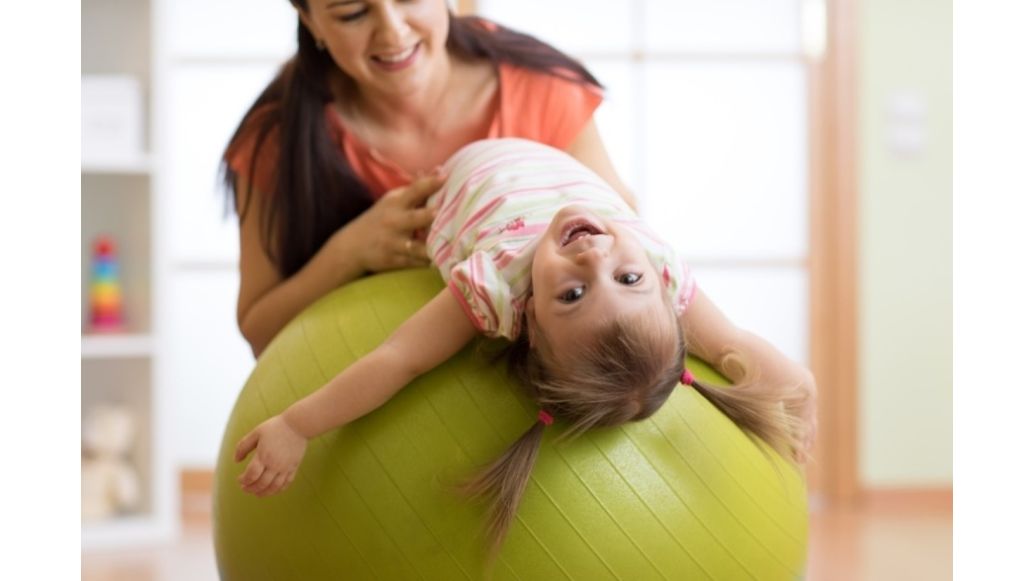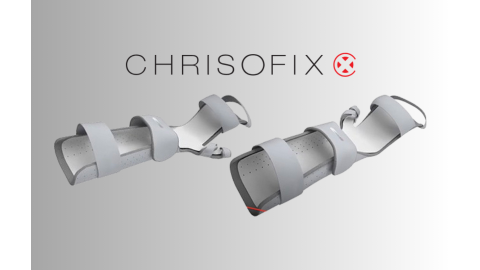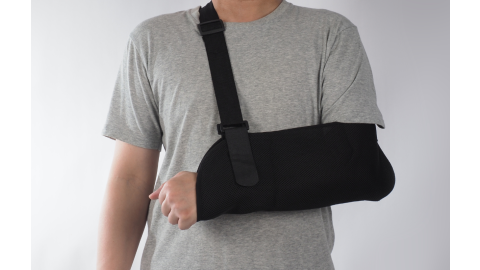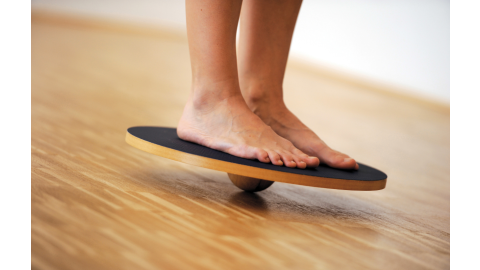An active sensory room or “sensory gym” is great for children with a lot of energy. These sensory seekers like running, jumping and crashing into things. Sensory gyms provide a safe place for your child to play and gain proprioceptive and vestibular sensory input.
All of the physical activity can help your child calm down and focus afterwards and help prevent meltdowns. These rooms are great for all children that crave movement including those with autism or ADHD.
Some schools use these rooms as an outlet so children can focus better during the rest of the day. Check out an example active sensory room!
You can build your own version at home. Decide on a space, even a small room can work if you’re creative and choose items that can be stored or used for multiple purposes. Then, consider what your child enjoys most, whether that’s jumping, spinning, or something else, and start there. Here are some suggestions to get you started.
The Top 13 Items to Include in an Active Sensory Room
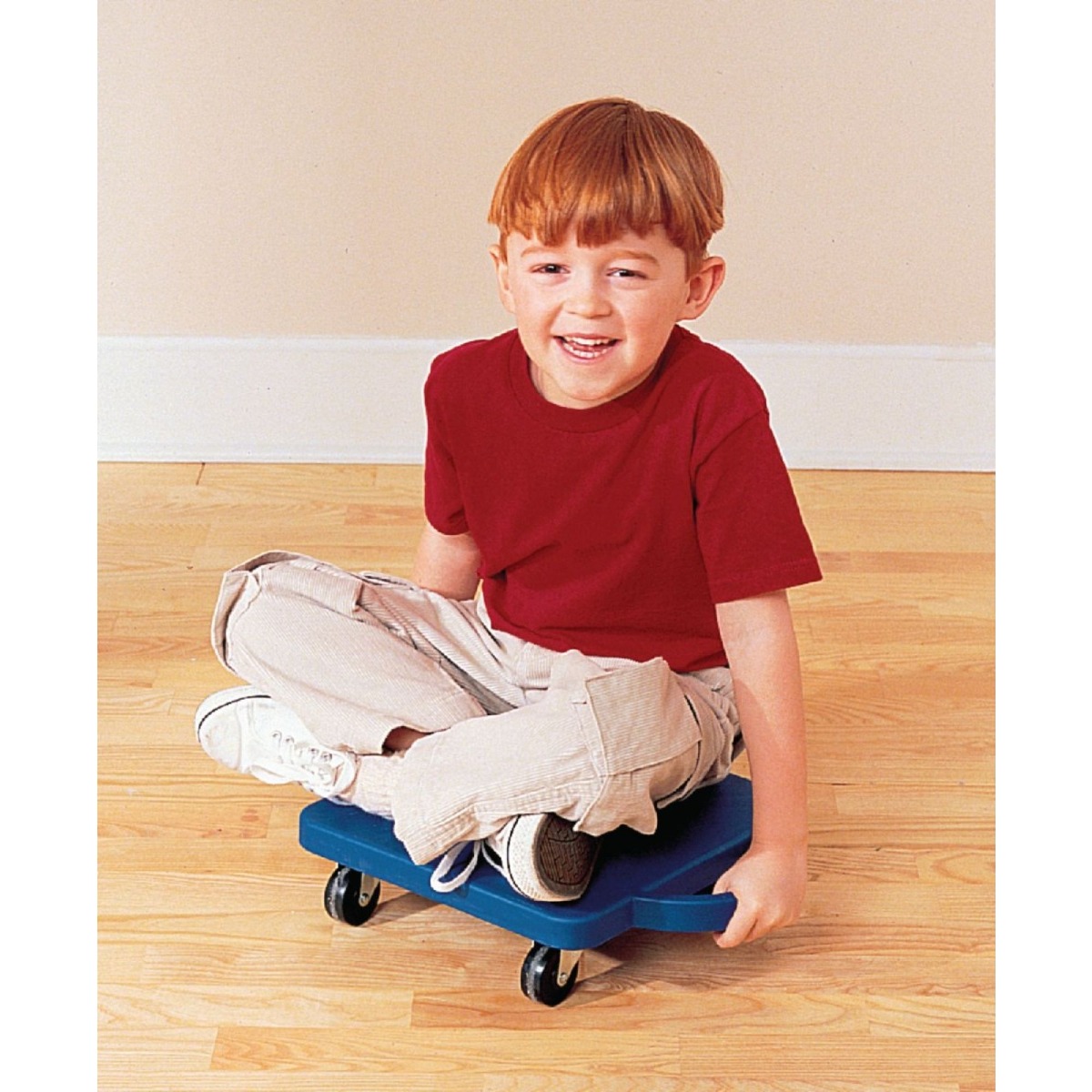
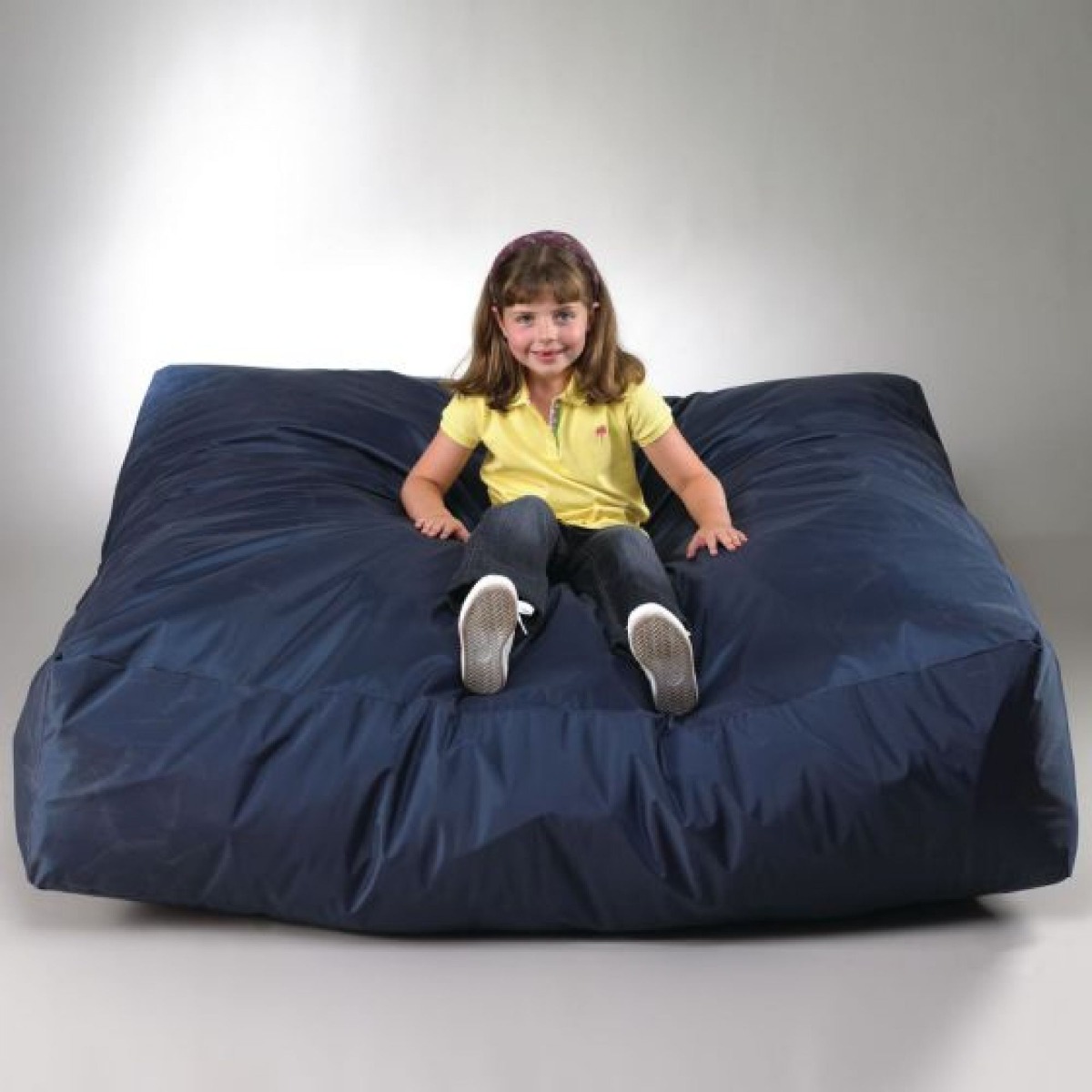
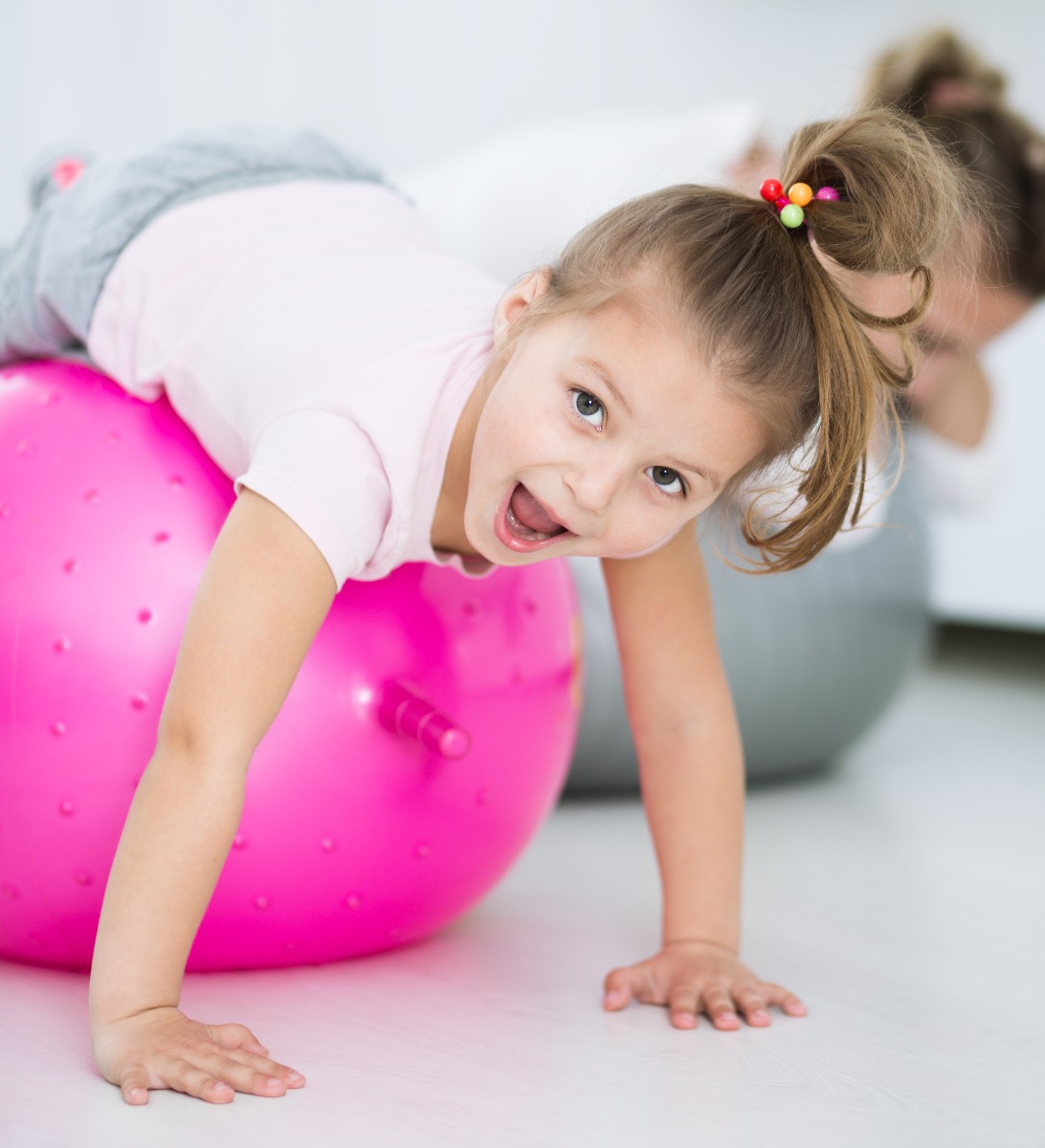
- Trampoline: A trampoline provides a fun place for jumping. A single person option saves space for other activities in the room.
- Spin Disc: Your child can sit, kneel, or lie on this disc and whirl around. Spin in circles for vestibular input and then easily store when not in use.
- Balance Beam: Challenge your child’s balance with a beam. This soft version is a lightweight alternative to a wooden beam.
- Plastic Scooter Board: Sit, kneel, or lye down and scoot around on this board! This fun toy works the upper and lower extremities.
- Soft-Top Rocker Balance: Add rocking to your active sensory room. Help your child stand on top and work to improve their coordination.
- Parachute: Most children love parachute games. Encourage siblings and friends to join in on running beneath the chute, crawling on top, or tossing it into the air.
- Amtrykes: If your space isn’t carpeted, bike riding can be a fun indoor activity. Amtrykes are a great alternative to a tricycle or bike, for children with special needs.
- Class Champs Gym: If you have a bigger space, this indoor playground gym has lots of options to satisfy your child's needs. It includes including monkey bars, ladders, and space for a swing attachment.
- Three Piece Combination Kit: If you need something smaller, try this kit that can be mounted in a doorway. It includes a support bar, trapeze bar, and swing!
- Exercise Ball: Ready to bounce in the gym? You’ll need an exercise ball. Your child can also use this exercise ball as a seat when doing homework to help them focus.
- Tunnel: Let your child use up some energy by crawling through a tunnel. It collapses when not in use to save space in your active sensory room!
- Economy Rebounder: For more of a workout, use a rebounder. Your child can throw weighted plyometric balls at the trampoline and release tension.
- Crash Pad: This pad creates a safe area for children to jump or crash into. It offers full body tactile contact and is a good alternative for children with sensory issues.
Ready to create your active sensory room? It’s a fun space where your child can use up some of their energy, so they can focus on homework, get tired out before bed, or just fulfill their sensory needs. Get started now!
Looking for a more relaxing space? Learn how to create a soothing sensory room on a budget!
Medical Disclaimer: The information provided on this site, including text, graphics, images and other material, are for informational purposes only and are not intended to substitute for professional medical advice, diagnosis or treatment. Always seek the advice of your physician or other healthcare professional with any questions or concerns you may have regarding your condition.








 France
France Australia
Australia